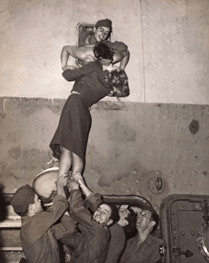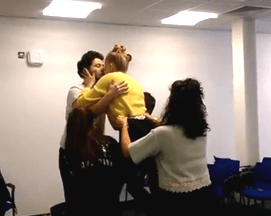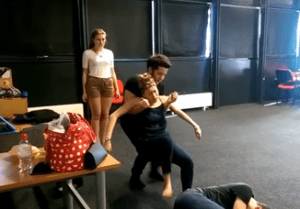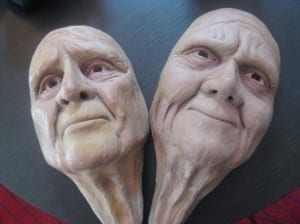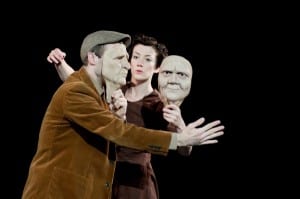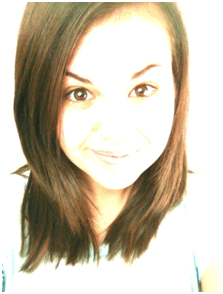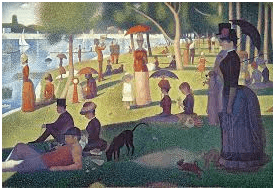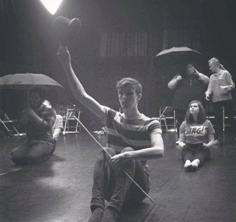So When You See It has been performed and what a rewarding experience it was. I feel so lucky to have worked with such an incredible group of people. We combined so well together, ensuring a cohesive performance. The overwhelming feedback we received, including comments that ‘it was delightfully performed, conceived and staged’ and how ‘there were many quite beautiful moments, haunting, sensitive, moving, entertaining’ (Jordan, 2015), made our hard work worthwhile.
Performance wise, I feel our total connectivity with each other really shone through. Our commitment throughout rehearsals meant our scenes encompassing fluctuating emotions were performed confidently, captivating our audience. This allowed our sobbing and laughing audience to easily determine the famous images behind our refracted narratives but view them more personally, making our declaration ‘Refract is opening your eyes to new possibilities’ (Refract, 2015) triumphant. Our piece being primarily physical, I was concerned how effectively we would provoke an emotional response. However it is argued that ‘when the body is pushed beyond the normal limits… interesting articulations can be discovered’ (Govan et al, 2007, 172). Notably during the scene where Dolly lost her baby, its extreme physicality effectively conveyed Dolly’s emotional and physical state and provoked more of a reaction from our audience than perhaps dialogue would have managed.
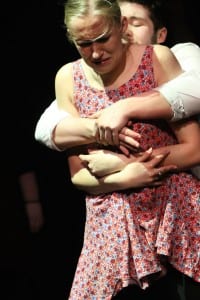
As costume designer, I couldn’t be happier with how costume transitions went. We had one technical hitch which was so minor it didn’t jeopardize the performance. Minimal costume was all that was required to enhance the foundations of our story. For example, although I only added a shawl and pearls when my character, Dolly became old, these stereotypically old ladies’ garments alone were sufficient to impart ageing. The subsequent removal of these was again, all that was required to symbolise my demise and evoke the audience’s emotional response.
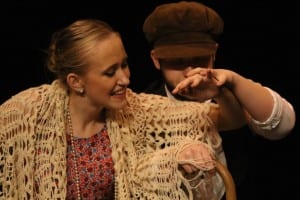
Being part of Refract has pushed me beyond my comfort zone, taught me the value of determination and persistence and, to quote one of Steph’s lines, has proved to me that when you ‘walk’ and work together, ‘you are an army of humans’.
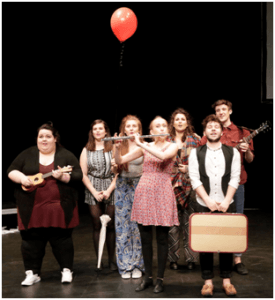
Works Cited:
Crow, P. (2015).
Govan, E., Nichols, H. and Normington, K. (2007) Making a Performance: Devising Histories and Contemporary Practices. 1st edition. London: Routledge.
Jordan, A. (2015) Drama Subject Site (DRA-SUBJECT): When You See It. [email] University of Lincoln, 18 May.
Refract Theatre Company (2015) Manifesto. [online] Available from https://refracttheatrecompany.blogs.lincoln.ac.uk/our-manifesto [Accessed 20 May 2015].
